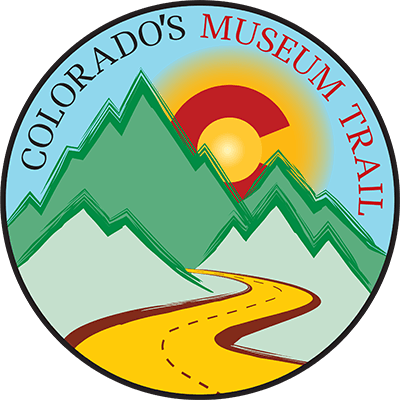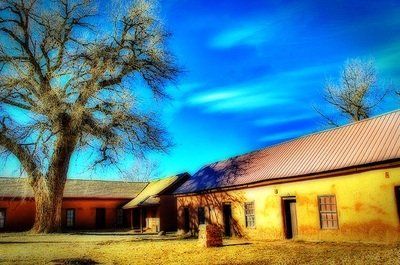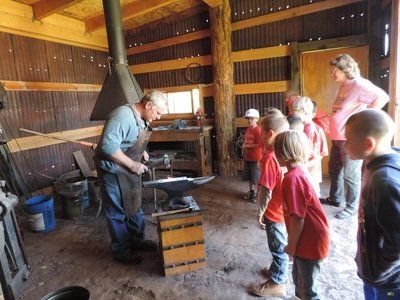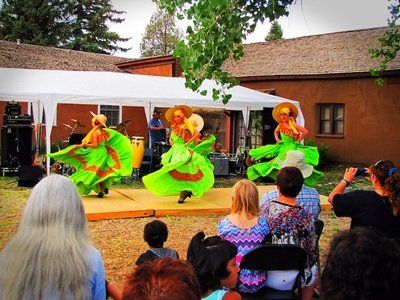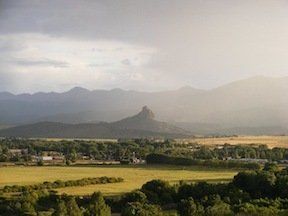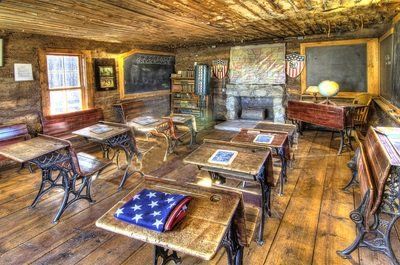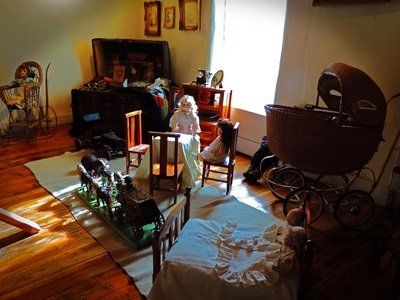Francisco Fort Museum
One Block and 150 Years Away!!
306 S. Main St.
POB 263
La Veta, CO 81055
Contact:
719-742-5501
Email Us: director@franciscofort.org
Admission is always free
For current days of operation go to :
https://www.franciscofort.org/hours
For a listing of our events:
https://www.franciscofort.org/events-calendar
Find us on Facebook
https://www.facebook.com/FranciscoFortMuseum/
Website - www.franciscofort.org
Colonel Francisco founded a trading post at the foot of the Spanish Peaks in Colorado Territory in 1862. The small town of La Veta grew up around the fort. Francisco Fort still stands - the last surviving original adobe fort in the state - and now serves as the home of Francisco Fort Museum. It houses the heirlooms of Huerfano County including locally and nationally important collections of Native American, Spanish settler, and pioneer artifacts.
Scenic Byway itinerary:
Short Walks, Long Views - a 3-Day Itinerary on 3 Scenic Byways

Francisco Fort La Veta, CO
